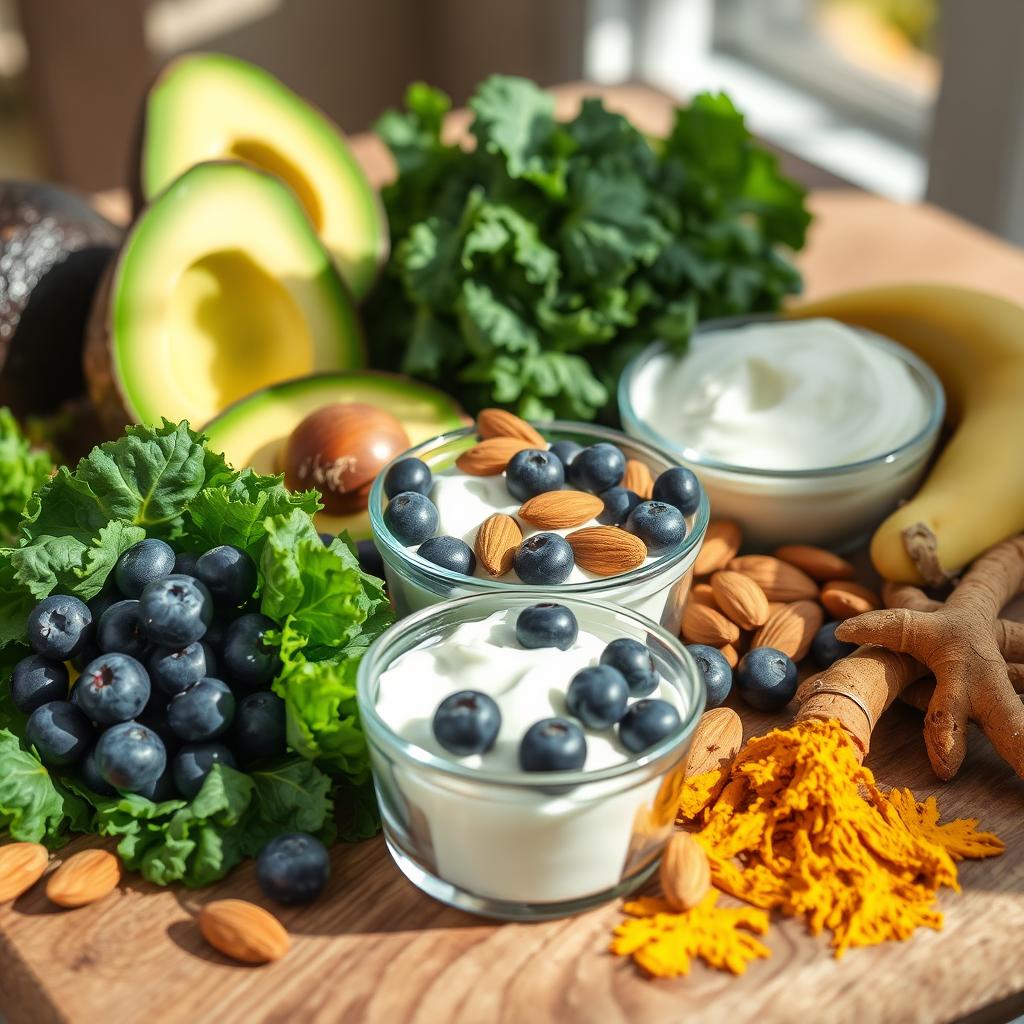Rice is a staple food for more than half of the world’s population and plays a crucial role in global nutrition. Understanding rice nutrition facts 100g is essential for anyone aiming to plan a balanced diet, monitor calorie intake, or manage macronutrient consumption. This article explores the caloric, protein, and carbohydrate content in 100 grams of rice, highlighting how these components vary across different rice types and cooking methods.
Rice Nutrition Facts 100g: Overview and Importance
Nutritional Profile of Rice per 100 Grams
The nutritional content of rice can vary depending on its type and preparation. Generally, in 100 grams of cooked white rice, you can expect about 130 calories, a modest amount of protein around 2.7 grams, and carbohydrates totaling approximately 28 grams. Brown rice, which retains its bran and germ layers, offers slightly higher amounts of protein and fiber compared to white rice. Wild rice, though not technically rice, contains more protein and fewer calories than traditional rice varieties.
Why Understanding Rice Nutrition Matters for Diet Planning
Rice is often consumed in large quantities in many diets worldwide, making it important to understand its nutritional impact. Accurate rice nutrition facts 100g help individuals manage their caloric intake and macronutrient balance, particularly those with specific dietary goals such as weight management, muscle building, or managing blood sugar levels. Furthermore, people with dietary restrictions can better tailor their meals by considering rice’s protein and carbohydrate contributions.
Common Types of Rice and Their Nutritional Variations
There are several varieties of rice commonly available, each differing slightly in nutritional makeup. White rice is the most processed form, with husks, bran, and germ removed, leading to lower fiber and micronutrient content. Brown rice retains its bran and germ, increasing fiber, protein, and important vitamins. Basmati and jasmine rice, aromatic types of white rice, have similar macronutrient profiles but differ in glycemic index. Wild rice, while not a true rice species, is often included in rice mixes due to its higher protein and fiber content.
Calories in 100g of Rice
Caloric Content Across Different Rice Varieties
The calorie count of rice varies depending on its variety and processing. Typically, 100 grams of cooked white rice contains roughly 130 calories, while the same quantity of cooked brown rice provides slightly more, about 112 to 123 calories. Wild rice tends to be lower in calories, offering around 100 to 110 calories per 100 grams cooked. These differences arise mainly due to varying fiber content and water absorption rates during cooking.
Comparing Calorie Counts: White, Brown, and Wild Rice
| Rice Type | Calories (per 100g cooked) |
|---|---|
| White Rice | ~130 kcal |
| Brown Rice | 112–123 kcal |
| Wild Rice | 100–110 kcal |
How Cooking Methods Influence Caloric Value
Cooking methods can impact the caloric density of rice due to water absorption and portion size changes. Boiling rice with excess water and draining it typically results in lower calorie density per 100 grams because of increased water content. Conversely, cooking methods like steaming or absorption retain more calories per serving weight. It’s also important to consider additional ingredients, such as oils or butter, which increase the overall calorie content of the final dish.
When managing dietary calories, it can be helpful to compare staple foods. For instance, the calories in 93 lean ground beef are significantly higher per 100 grams than rice, reflecting their different macronutrient profiles.
Protein Content in 100g of Rice
Amount and Quality of Protein in Various Types of Rice
Rice generally provides a modest amount of protein per 100 grams. Cooked white rice contains roughly 2.5 to 2.7 grams of protein, while brown rice offers slightly more, typically around 2.6 to 2.9 grams. Wild rice has the highest protein content among commonly consumed rice types, with values near 3.0 to 4.0 grams per 100 grams cooked. However, rice protein is considered incomplete as it lacks sufficient amounts of some essential amino acids, particularly lysine.
The Role of Rice Protein in a Balanced Diet
Although rice protein is incomplete, it can contribute significantly to overall protein intake, especially in vegetarian and vegan diets where rice is combined with other protein sources. Its digestibility is moderate, and rice protein tends to be hypoallergenic, making it suitable for people with certain allergies. Including rice as part of a diverse protein intake aids in meeting daily requirements without overreliance on animal-based proteins.
Combining Rice with Other Foods to Boost Protein Intake
To improve protein quality, rice is often combined with legumes, nuts, or dairy products which complement its amino acid profile. Classic dishes such as rice and beans or rice with lentils are examples of how plant proteins can be combined to yield a complete amino acid profile. Incorporating these combinations in meals can optimize protein nutrition while maintaining a balanced intake of calories and carbs.
Carbohydrates in 100g of Rice
Total Carbohydrate Content Explained
Rice is primarily a carbohydrate source. In 100 grams of cooked white rice, total carbohydrates range from 28 to 31 grams, whereas brown rice contains about 23 to 25 grams, reflecting its higher fiber and lower starch content. Wild rice usually has fewer carbs per 100 grams, around 21 to 25 grams, but with a higher proportion of complex carbohydrates and fiber. These carbs mainly come in the form of starch, which serves as a key energy source.
The Impact of Carbs from Rice on Blood Sugar Levels
The carbohydrate content in rice can significantly influence blood sugar levels due to its glycemic index (GI). White rice has a higher GI, meaning it can cause quicker spikes in blood sugar. Brown rice and wild rice have lower GIs, resulting in steadier blood sugar responses. This is particularly relevant for individuals managing diabetes or insulin sensitivity, who benefit from choosing rice varieties with lower glycemic impact.
Dietary Fiber Content and Its Health Benefits
Dietary fiber is a component of carbohydrates that is indigestible but essential for digestive health. Brown rice contains about 1.5 to 2 grams of fiber per 100 grams cooked, significantly more than white rice, which generally has less than 1 gram. Wild rice offers similar or slightly higher fiber content than brown rice. Adequate fiber intake supports gut health, helps regulate blood sugar, and can aid in satiety, assisting in weight management.
Conclusion
Understanding rice nutrition facts 100g is essential for making informed dietary choices. Rice provides a valuable source of calories and carbohydrates, with moderate protein content that can be enhanced through complementary foods. Different rice types offer varying nutrients—brown and wild rice generally have higher protein and fiber content and a lower glycemic impact compared to white rice. Cooking methods also affect the caloric density of rice, making portion control important. Incorporating rice thoughtfully into a balanced diet can support energy needs and help meet nutritional goals effectively.





